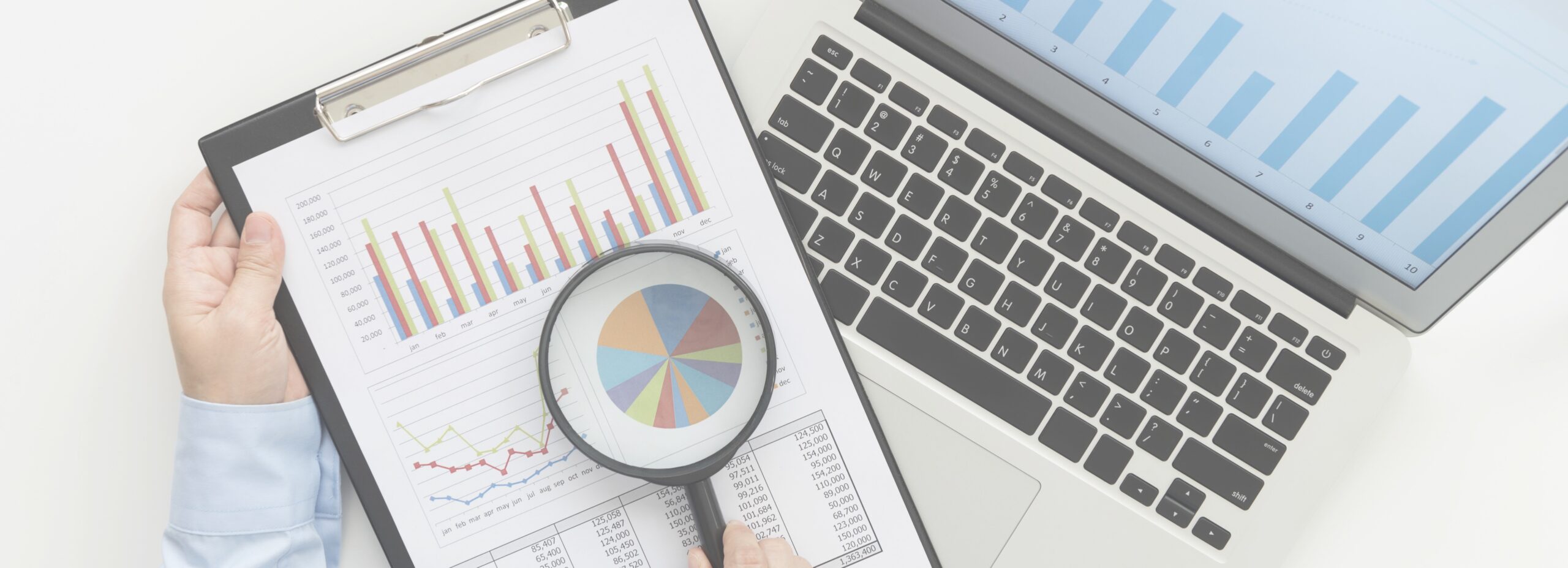Cost classification is a method of categorizing expenses so they can be effectively communicated on financial reports.
Your company incurs all sorts of costs, and showing them in a long list or as a lump sum makes it difficult to understand where your money is really going. Separating them into categories, or classifications, is an important way to report expenses so the information can be understood and applied to business decisions. You can classify costs in a variety of ways, and the bigger your company gets, the more types of cost classification you’ll deal with.
Classifying your costs helps you tell your company’s story to investors. It’ll help investors easily digest and understand the health of the business, your costs and your cost drivers. It will also inform the investors about where their capital will be deployed after fundraising. Cost classifications are critical to trend analysis, showing allocations over time, correlation to revenue and so on.
Did developing that new product feature help you acquire more customers? Are your margins improving? Can you afford to hire more administrative staff that doesn’t directly generate revenue? What are the fixed costs that you need to pay to keep the lights on?
These are important questions, especially in uncertain economic conditions — ones that you can answer through cost classification analysis. Companies in different industries will classify their costs in unique ways. We’ll narrow our focus to cost classification for B2B SaaS startup companies.
What Is Cost Classification?
Cost classification is the process of categorizing your expenses to allow for easy analysis.
Classifications are used for management reporting, GAAP accounting, financial reporting, investor communications, forecasting, etc. Cost classifications are a component of financial analysis and forecasting, which is what really validates the strategic story holistically.
When speaking with investors, cost classification is an essential way to validate your strategic story with financial data. Investors need an easy way to understand how you’re spending money, and classifications on the income statement are the first place they’ll go.
You can often tell what stage a company is in by how they classify costs on their income statement. For example, a Seed-stage company will likely be spending most of its capital on product development. A company headed toward its Series A and beyond will spend more on its go-to-market (GTM) motion, with a large portion of capital spent on sales and marketing. A company at any stage with too high a concentration in general and administrative expenses may indicate bloated overhead.
You can classify costs as a percentage of total spending, or as a percentage of revenue. Hopefully, as you grow, your expenses will make up less than 100% of your revenue — meaning you’ve reached the all-important profitability.
What Are the Four Classifications of Cost?
The four classifications of cost are:
- Cost of Revenue
- Research and Development
- Selling and Marketing
- General and Administrative
Cost of Revenue
For B2B SaaS companies, cost of revenue (COR) refers to expenses that are directly tied to delivering your product or service to customers.
This includes platform costs such as data, computing and network to support the delivery of service to your customers. It also includes any employee costs for those that support the delivery of service to the customer, including platform support for maintenance and updates and bug fixes. Typically, this includes customer support teams and potentially some engineers.
Cost of revenue is known as a direct cost — one that can be easily assigned to a particular activity or item. It’s the costs that are required to generate and deliver your product to current customers on the existing platform.
You may have heard of your company’s gross margin. Gross margin is calculated by subtracting your cost of revenue from overall revenue. Gross margin is particularly important because it represents the amount of revenue remaining to support business operations and growth. SaaS platforms are known for high margins, which enables some of the incredible growth seen in the industry. Comparing gross margin to industry standards gives you an idea of your pricing and direct cost positioning.
Research and Development
Research and development (R&D) expenses include the cost of engineers and other employees who work on feature development, platform enhancements or new product capabilities for your platform. Investors understand that early-stage companies will allocate large amounts of their spending to R&D as they test new features and look for product market fit.
R&D, like the next two cost classifications, is considered an indirect cost, also known as an operating expense. Operating expenses support the overall business rather than directly impacting the delivery of the product or service.
Selling and Marketing
This classification includes salaries and expenses for your GTM teams. This includes your sales team (including commissions), sales management, business development representatives, revenue operations, sales engineers, the marketing team and more.
Later-stage startups will typically spend more on sales and marketing. They’ve already achieved product market fit, and are looking to add gasoline to the fire as they accelerate their growth.
General and Administrative
General and administrative (G&A) classifies all other expenses that help you operate your business. This includes important teams such as human resources, IT, facilities, accounting, finance and legal.
In an ideal world, early-stage companies will have low G&A spend. They should focus first on building their product and generating revenue. Once they grow, they’ll need to increase their G&A spend to support the business function. G&A spend should be the smallest cost classification as a percent of revenue, especially as the company matures.
Fixed vs. Variable Costs
Within each classification, you’ll find both fixed costs and variable costs. Fixed and variable costs aren’t their own classifications; they’re ways to describe the nature of your expenses.
Fixed costs are those that you’re committed to spending regardless of customer behavior. Whether you book zero clients or 1,000 this month, there are certain costs you’ll have to pay: your rent, salaries for your founding team, etc.
Variable costs are expenses that are only incurred because of customer behavior. Let’s say you sign on 100 new customers and suddenly your data and compute costs double. That’s an example of a variable cost that fluctuates with demand. (Technically, all fixed costs could be considered variable in the long term, but not in the short term.)
Fixed costs should slowly creep up with general business growth, whereas variable expenses should have an easy correlation to revenue.
Cost Classification Examples
Once you’ve classified your costs, it’s essential to analyze your company’s data. It’s not enough to know your cost classifications; you’ll also have to make sound decisions based on what you see.
Finding Inefficiencies
This is a major advantage to cost classification, and it can take many forms.
In B2B SaaS, your cost of revenue relative to revenue should stay somewhat flat as you grow. After all, once you’ve built an effective platform, you can plug in new customers with very little overhead. If your analysis tells you that your COR is increasing as a percentage of revenue, you’ll realize something’s off. You might be able to negotiate a better rate with your infrastructure provider as your data share increases, bringing costs back in check.
Perhaps your analysis will show that you’re spending 75% of your capital on non-revenue generating G&A expenses. If you need to cut costs, you have an idea of where to start.
Calculating Your Customer Acquisition Cost
Customer acquisition cost (CAC) is a key metric that tells you how effective your sales and marketing efforts have been. To calculate CAC, you’ll compare your selling and marketing costs in a given period with the number of new customers you acquired in the same timeframe.
This information can give you a holistic picture of the return on all of your sales and marketing investments. Additionally, you might find that you need to charge more or less for your product given your return. Perhaps it costs you $2,000 to acquire a customer, and your platform only costs $100 per month. Something must be done!
Holding Management Accountable
We laid out four examples of cost classification: COR, R&D, selling and marketing and G&A.
Companies can also use management discretionary classifications, which group costs in other ways that are meaningful or useful to manage their specific business. For example, you might group outsourced labor vs. internal labor and find that managers are spending heavily on outside consultants, which are more expensive than internal resources. This can help you identify operating inefficiencies.
Why Cost Classification Matters for Startups
Remember that the story you’re telling to investors needs to be validated by financial data and sound forecasts — and cost classification is a key way to do that. Classifying your costs will help you understand the overall health of your business and help you keep expenses in check as you scale.
You have to spend money to make money, so be sure the money you spend is efficiently generating revenue and moving your company toward achieving its goals.



